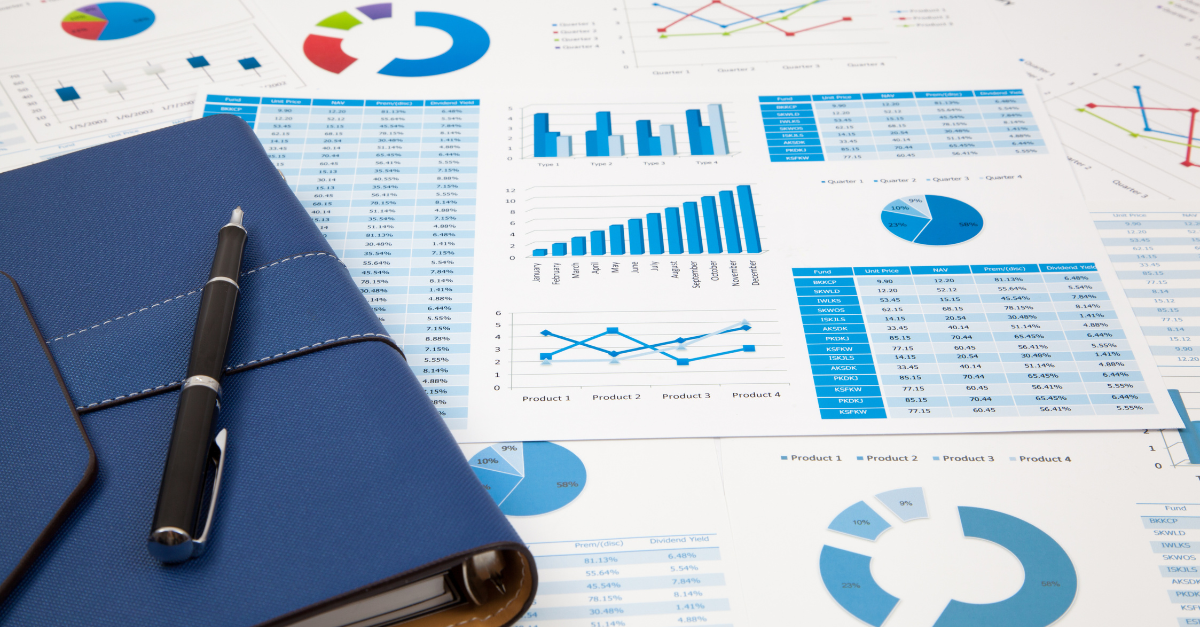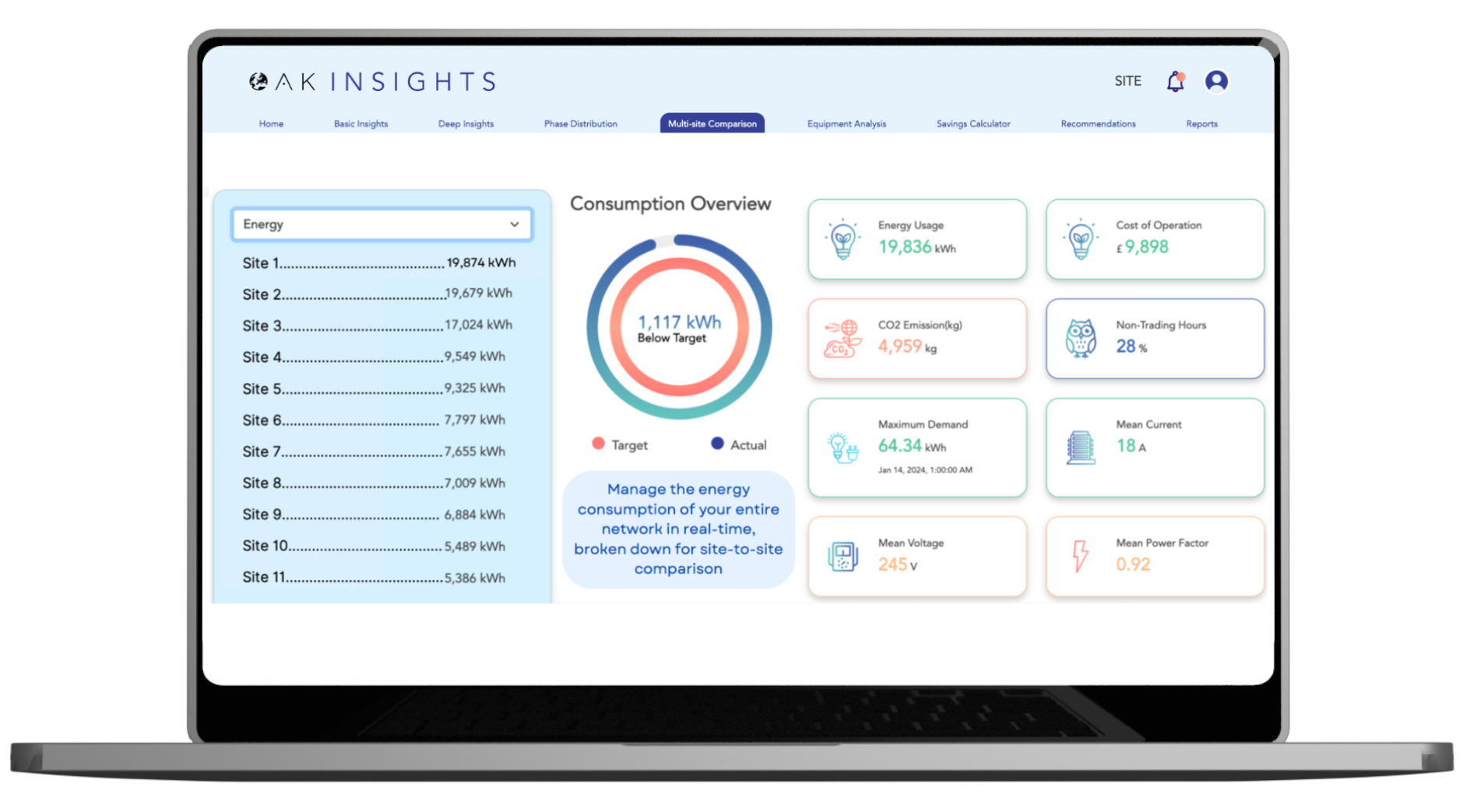What is Energy Data Management?
Energy data management is the monitoring and strategic analysis of energy data allowing for informed decisions to be made regarding energy consumption. Energy Data management can be done manually by taking smart meter readings on a regular basis, or by employing an energy management software that automatically registers electricity and gas readings for analysis.
Why is Energy Data Management important for businesses?
To answer this question, let's start with the data to get some context. According to The Office for National Statistics (ONS), most businesses use, on average, between 15,000 and 25,000kWh of energy per year. Taking a look at another interesting statistic from a 2022 report by eEnergy, businesses waste around 30% of the energy they purchase. Taking the average price of 24.8p per kWh for medium businesses, that's £1,488 wasted each year!
Energy data management is like having a financial advisor for your building's energy consumption. It's crucial for companies because it allows you to:
-
Identify Energy Hogs: By monitoring gas and electricity across your site(s), you can pinpoint areas where energy is being wasted. This allows you to target those areas for improvement and implement energy-saving measures.
-
Optimize Energy Consumption: Understanding energy consumption patterns helps you make informed decisions about how to use energy more efficiently. This might involve adjusting operational schedules, upgrading equipment, or implementing energy-saving technologies.
-
Reduce Costs: Lowering energy consumption directly translates to lower utility bills, improving your bottom line.
-
Improve Sustainability: Tracking energy data helps you measure your carbon footprint and make progress toward sustainability goals. More so now, companies are required to provide more transparency due to regulatory compliance such as SECR & ESOS, especially industrial companies.
-
Make Data-Driven Decisions: Energy data is a crucial element for providing valuable insights that inform strategic decision-making. If your company is looking to improve operational efficiency, the relevant data will help with planning for future energy needs and evaluating the ROI of energy-saving investments.
In essence, energy data management empowers companies to take control of their energy consumption, optimize operations, reduce costs, and contribute to a more sustainable future.








